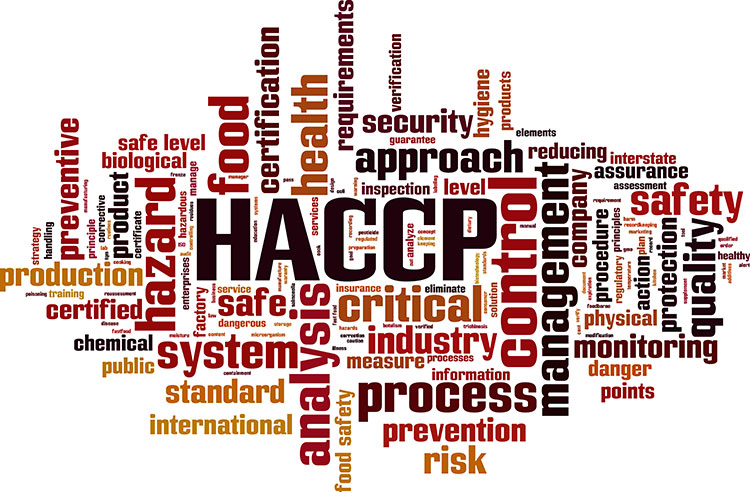What is HACCP certification?
HACCP certification is an international standard outlining food safety requirements.
The HACCP certification proves the commitment to safe food production or trading for the customers. This proof-based method might be particularly useful for regulators or stakeholders when inspected.
Having a serious dedication towards food security through compliance with HACCP can lead you to values like trust. It will give you a successful market entry instrument that offers new business possibilities worldwide.
We carry out HACCP audits and concentrate on risks that impact food security and cleanliness through our international network of foods experts. As there are control limits at essential steps in food manufacturing process it can be systematically identified.
Any regional authority, like your health department, will have various criteria concerning the kind of food preservation methods you practise. Before you start to preserve food at your establishment, check with them for documentation and processes.
Upon approval, ensure that your HACCP plan is shared with your workforce and demonstrate the steps to follow.
Why HACCP is vital for your business?
For a range of factors, you can opt to preserve your food at your premises; for example, you would like to use ingredients from your own house or sell food you keep at your premises. HACCP plans and procedures should already be in place for food manufacturing companies and suppliers.
HACCP programs provide thorough guidance on how to conserve food properly. If you do not follow suit, you may have outbreaks of foodborne disease. Your health inspectors or other regulators can help you to identify steps that could result in hazards and how these are regulated and monitored in the building of your strategy.
The seven steps of HACCP
To prevent food contamination, food conservation must be done appropriately, a HACCP plan is to be established. When you create a plan, you have to take seven steps.
- Conduct a hazard assessment. This phase identifies potential food risks in your facility. This can include ingredients, equipment, chemicals, and workers we utilised.
- Critical control points are identified (CCPs). In this phase, the hazards identified can be monitored in the first step.
- Set vital parameters. You will put certain limitations on the crucial control points as part of this stage.
- Implement a strategy for monitoring. The control step assures compliance with essential restrictions.
- Adopt corrective measures. If crucial limits are not met, disciplinary actions are necessary.
- Implement strategies for validation. You can see in this phase how well your HACCP plan works. Checking can involve monitoring worker’s actions, such as taking temperatures and filling up temperature logs. Improve your plan and engage with your regulators to ensure that your HACCP plan is as good and as good as possible.
- Setup record maintenance procedures. HACCP planning records comprise the risk analysis and the plan itself, as well as the critical limits supporting papers. The accompanying documentation would probably include temperature logs in this situation. Store these data and keep them in an accessible place so that your personnel may contact them when necessary.
You also have to place particular labels on your food in addition to following these seven requirements. Work with your local regulator to verify that you have a precise label that fits the requirements.
Summary
HACCP certification is an international standard outlining food safety requirements. It displays customers instantaneously their commitment to safe food production or trading. HACCP plans and procedures should already be in place for food manufacturing companies and suppliers. If you do not follow suit, you may have a significant outbreak of food borne disease. Checking can involve monitoring worker’s actions, such as taking temperatures and filling up temperature logs.
If crucial limits are not met, corrective measures are necessary. You can also have to place particular labels on your food in addition to following these seven requirements. Work with your local regulator to verify that you have a precise title that fits the requirements.

